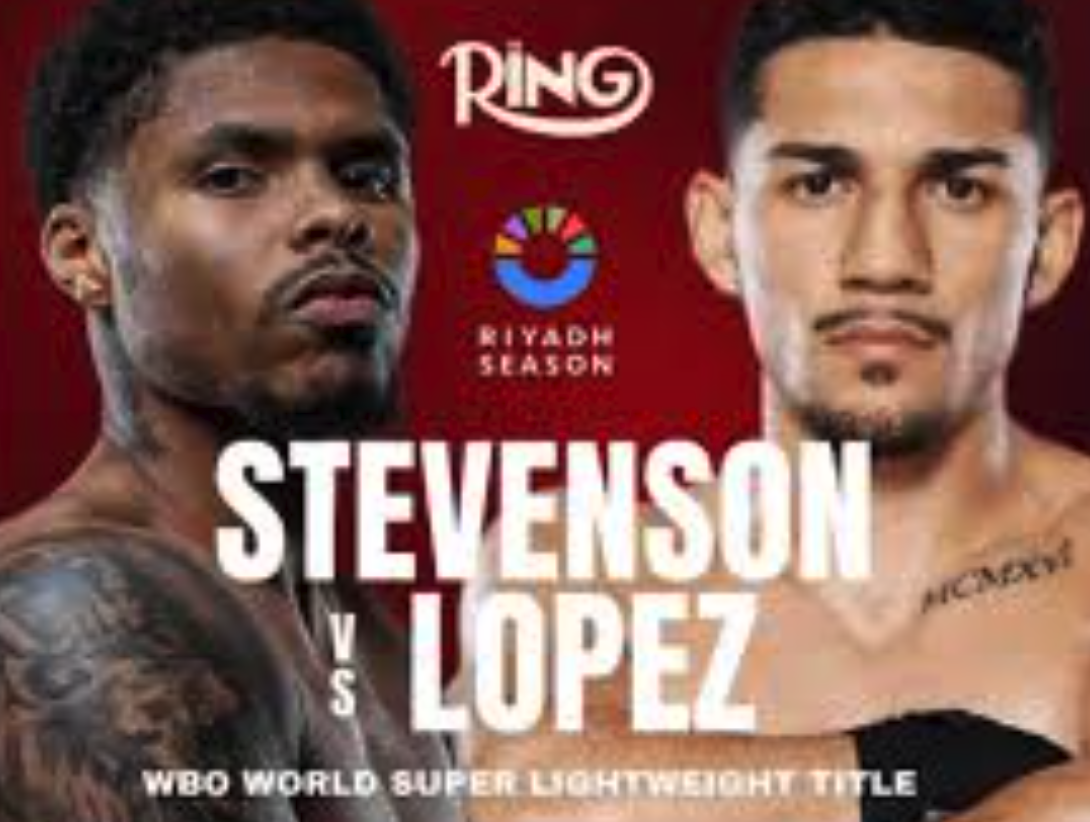Understanding UFC Scoring Criteria

The Ultimate Fighting Championship (UFC) captivates millions through a combination of technique, strategy, and athleticism. Central to the sport is the scoring system that determines fights that go the distance. To comprehend how judges evaluate performances is necessary for fans and fighters to understand the nuance of mixed martial arts (MMA). This article discusses the UFC scoring criteria, giving an in-depth look at how decision-making is done inside the octagon. The term "scoring" is repeated repeatedly, a sign of how pivotal it is to the sport.
Odds and Predictions - Placing Scoring Details in Context
Before delving into the dynamics of UFC scoring, consideration must be given regarding how audience members and commentators use this data to make predictions. Knowing the criteria enables one to foresee how judges might view a fight, which in many instances is already evident in pre-fight odds. Such odds, found on the best betting sites, are evidence of predicted results based on fighters' styles and previous performance. In educational consideration, considering odds can illustrate what part of a fighter's game, such as his striking, grappling, or control, is most likely to sway judges. For instance, a grappler vs. striker will have the odds in favor of the latter if it is able to keep the bout standing, which is akin to scoring priorities. This analysis does not make speculations but highlights how scoring information determines hard fight predictions.
The 10-Point Must System Is The Foundation of UFC Scoring
The UFC applies the 10-Point Must System, which has its roots in boxing, whereby each round is scored independently. The winner of a round typically receives 10 points, and the loser gets between 9 and fewer points, depending on the competitiveness of the round. Judges rate fighters based on specific criteria and award scores according to their general level of performance. The maximum score in a three-round fight is 30-27 if one of the fighters wins every round decisively, but closer-fought matches and fights typically have scores of 29-28. This system ensures consistency at the expense of requiring judges to weigh multiple variables, making their task complex and of the highest priority.
Chief Scoring Considerations & What Judges Consider First
Judges evaluate rounds according to a ranking of considerations, as set forth by the Association of Boxing Commissions and Combative Sports (ABC). These factors guide scoring determinations:
-
Effective Striking/Grappling: The most important scoring factor. Judges assess the impact and effectiveness of strikes (like punches, kicks, elbows, and knees) and grappling (such as takedowns, submission attempts, and positional control). Strikes are judged by their damage and precision, while grappling focuses on control and threat. For example, a fighter landing clean, hard shots will often score higher than one landing frequent but weak strikes.
-
Octagon Control: Used when effective striking and grappling are evenly matched. Judges consider who dictates the pace and location of the fight. Fighters who press forward, initiate exchanges, or control the center of the cage are favored. Simply moving around without purpose doesn't count as control.
-
Effective Aggressiveness: A tie-breaker when fighters are even in other areas. Aggressiveness must lead to results—reckless attacks or failed takedowns don't score. Judges look for fighters who move forward with purpose and deliver meaningful offense.
-
Successful Defense: While defense alone doesn't win rounds, it can tip the scale in close situations. Techniques like head movement, blocking, and submission defense are considered when a fighter neutralizes their opponent’s offense while still mounting their own.
These standards evaluate scoring based on the overall performance of the fighter, rather than focusing on a single aspect of their game.
UFC Scoring Fallacies
More often than not, the fans misunderstand judges' use of these standards, and controversy erupts regarding questionable decisions. One of the most widespread myths is that takedowns always win rounds. Takedowns are worth points, but their success depends on what comes next—ground control, strikes, or attempts at submissions. A fighter who gets a takedown but does nothing with it can lose to someone who gets big from the feet. Another myth is that blood and visible damage automatically win a round. Judges prefer neat, efficient techniques over shallow cuts because damage must be bad enough to change scoring. Understanding these nuances is why some decisions, although unpopular, are considered valid.
Issues with Judging and Scoring Consistency
UFC judging is subjective because no two rounds are ever identical. Varying perceptions of "damage" or "control" can lead to split decisions. For instance, a judge may be impressed by a fighter's hard punches, but another likes his grappling control. The ABC trains for the standardization of scores, but human judgment introduces inconsistency. High-profile fights like close title fights are prone to controversy when scores are not in accordance with fan expectations. To correct this, reforms have been proposed, such as open scoring or additional judges, although these are controversial remedies.
Practical Uses for Fans and Fighters
For fans, understanding UFC scoring criteria makes them appreciate fights more. It explains why an apparently better performance fails to deliver on scorecards or why a less flashy fighter emerges victorious. Fighters use it to develop game plans. A striker might focus on octagon control to manipulate judges in close rounds, while a grappler might focus on active ground work instead of passive control. Coaches may study judges' biases and adjust their strategies to maximize scoring potential. This strategic layer emphasizes why scoring is the essence of MMA.
With the deconstruction of the UFC scoring system, fans and fighters better comprehend what transpires in the octagon. The interplay between striking, grappling, control, and defense determines all judgments, thus making scoring an intriguing and necessary aspect of the sport.








